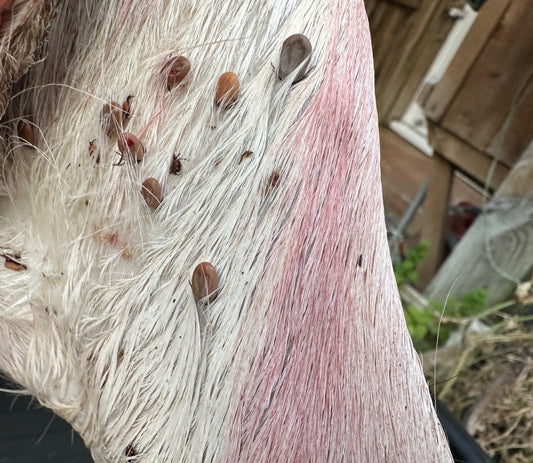The musculoskeletal system of deer, comprising the skeletal and muscular structures, is a fine-tuned mechanism evolved over millennia to meet the demands of their environment. This system not only provides the framework and mobility deer require but also plays a vital role in their survival and overall health.
Skeletal Structures:
The skeleton of a deer is a remarkable structure designed for both strength and agility. It provides the necessary support for their body, offers protection to vital organs, and forms the attachment points for muscles. The skeletal arrangement is such that it enables deer to move swiftly and effortlessly through a variety of terrains, which is crucial for evading predators and foraging. The long leg bones, in particular, are adapted for efficient locomotion allowing for swift movements.
Muscular Structures:
The muscular system of deer is equally impressive, consisting of well-defined muscle groups that work in synergy to provide the power and precision required for their daily activities. The large muscle masses found in the hindquarters and shoulders are key to their powerful propulsion and high-speed pursuits, while the finer muscles around the joints provide the subtle control necessary for balanced and graceful movements.
Common Issues:
Traumatic Injuries:
Traumatic injuries are a common concern in deer populations, often resulting from collisions with vehicles, encounters with predators, or conflicts with other deer, especially during the rutting season. Injuries can range from minor cuts and bruises to severe bone fractures or joint dislocations.
Arthritis:
Arthritis, although more common in older deer, is a condition that affects the joints making movement painful. It can be a result of previous injuries, congenital defects, or simply wear and tear over time. Arthritis can significantly impact a deer's ability to forage and evade predators, thereby affecting its overall quality of life.
The musculoskeletal system is fundamental to a deer's ability to interact with its environment, and understanding its functionality provides insight into the daily challenges deer face.
For landowners, conservationists, and deer management professionals, a thorough comprehension of the musculoskeletal system, along with the common issues associated with it, is indispensable. It aids in the accurate assessment of deer health and the development of effective management strategies to ensure the sustainability of deer populations within their habitats.




